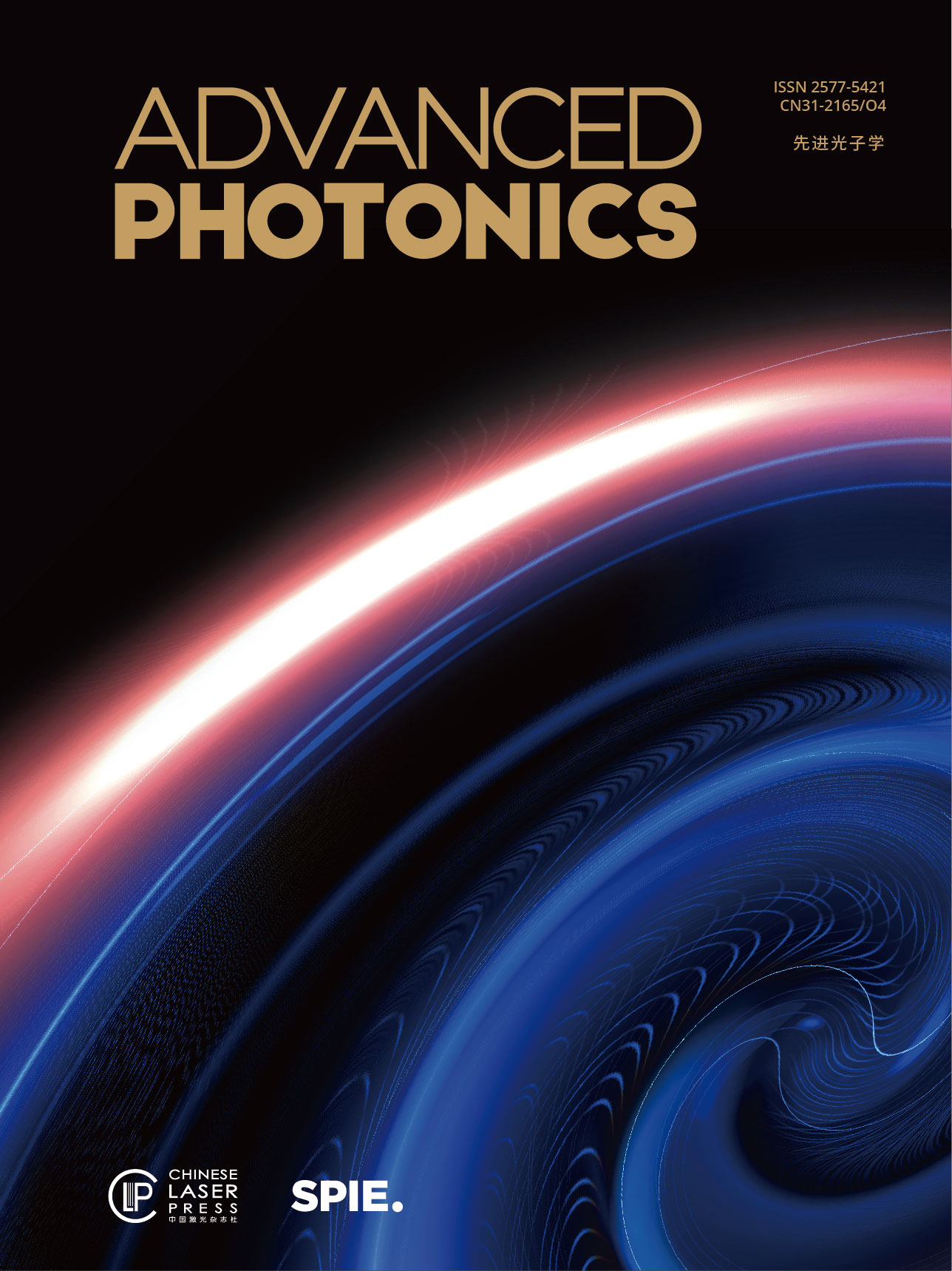Semiconductor lasers are among the smallest and most power-efficient lasers of any kind. They measure in size a fraction of the thickness of human hair. These lasers found applications in many areas of technologies and in our daily life, from driving the internet in optical communication system across the globe, powering our data centers and supercomputers, performing face recognition in smart phones, to sensing in autonomous driving and artificial/augmented intelligence or reality! As in other semiconductor-based technologies such as microelectronics, miniaturization in photonics and lasers has been a constant theme, with size reduction down to nanometers, or nanolasers being the important frontier of research over the last ten years. In this paper, the author reviews the progress, existing issues, and prospects of nanolasers, especially those using electrons in metals (or so-called plasmons) for the ultimate size reduction.
The paper starts with the introduction of what the author considers the three major challenges for semiconductor photonics and lasers: 1) Device size and energy-efficiency challenge; 2) Wavelength or bandgap diversity challenge; and 3) Integration challenge. These questions and their related challenges are important for realizing future integrated nanophotonic circuits on a chip for various applications. The author argues that these challenges will remain unresolved in the near future and the efforts and results in resolving them will have profound impact to semiconductor photonics. In each of these challenges, breakthroughs are expected by going nano: using nanoscale physics of light-semiconductor interactions as principles of new device design, using nanoscale techniques for the growth of materials and fabrication of devices, and carrying out characterizations of materials and devices on nanoscale! In short, resolution of all three challenges can benefit tremendously from nanoscale science and technology of semiconductors.
The overall theme of this paper is on nanoscale semiconductor lasers and how such nanolasers could help resolve the size and energy efficiency challenges. While nanolasers represent additional benefits for many applications, they are simply imperative to integrated optical communication inside future supercomputers and data centers. This is because all existing semiconductor lasers are too large and too energy-hungry to meets the need for such usage in the long run. The author then reviews briefly major types of semiconductor lasers including conventional edge emitting lasers, surface emitting lasers, microdisk lasers, photonic crystal lasers, nanowire lasers, nanolasers based on the new emerging 2D materials, and plasmonic or metallic cavity lasers. Using typical devices sizes and geometries for these lasers, the author compares their normalized volumes. While almost all the other types of lasers have exhausted their miniaturization potential, plasmonic nanolasers are the smallest and can be made even smaller.
Next the author discusses plasmonic lasers in detail, including brief history and recent progress. The major advantages are discussed such as smallest sizes compared to any other types of lasers, highest possible modulation speed, and better thermal dissipation. As important advantages of plasmonic lasers, the author uses examples from their earlier study, showing one of the often-unexpected advantage of plasmonic laser: lower threshold than pure dielectric/semiconductor cavity laser due to an interesting trade-off between internal absorption and far-filed radiation loss.
The article ends with comparative analysis of all major type of lasers and their respective potential or limitation in meeting the size and energy-efficiency challenge and some concluding remarks about the prospects of nanolasers.
Read More


